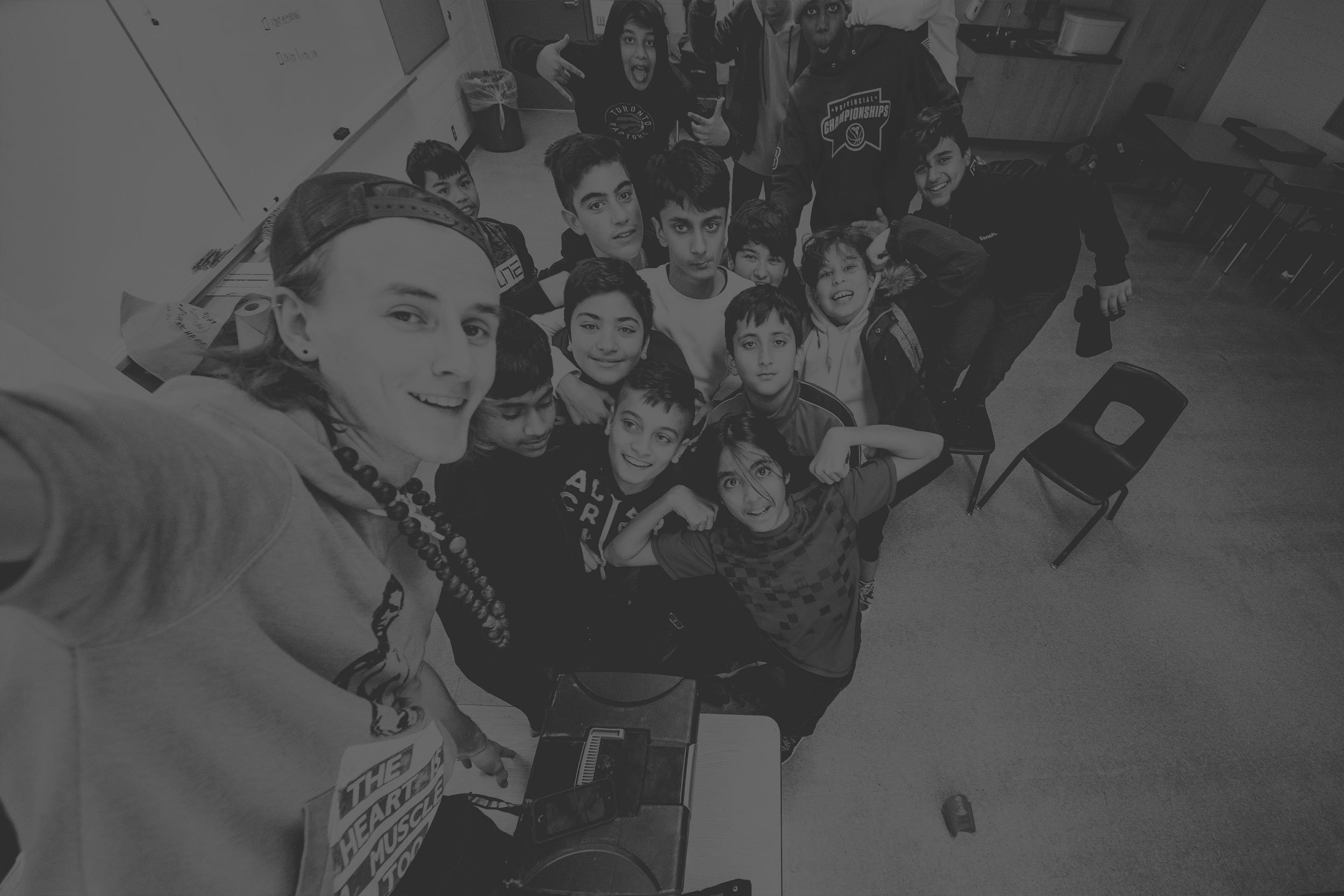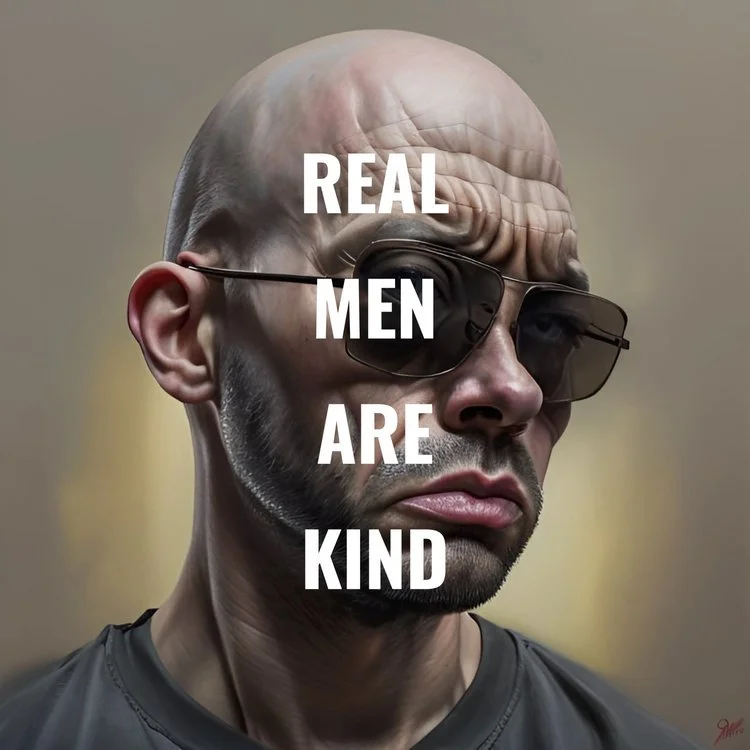
We help boys challenge the status quo.
You know those boys.
You know them from your classroom, your sports team, your dinner table. You’ve seen them trying out what it means to be a man. You’ve seen them engaging with peers, stepping up as leaders, and navigating the rough waters of adolescence.
When you need to be there for them, to be an emotional support or an invaluable mentor, where do you turn to know, with confidence and calm certainty, what to do?
Next Gen Men trains, equips and empowers parents, educators, coaches, and youth workers to lead the next generation towards a better future, to anchor them to positive masculinities and offer them opportunities for connection and growth.
We know that, today, our social conceptions of ‘what it means to be a man’ leads boys and men towards persistent negative outcomes. From sexual assault to mental health, violence against others or against themselves, statistics point to a critical problem, if not a crisis.
We also know that boys aren’t broken, and we know that the future of masculinity is in their hands. That’s why we champion hope at Next Gen Men—because when we create the space for new maps to manhood, they lead the way. Every time.
They are the next generation, and how they grow up as men will shape our shared future.
So how will you show up for them?















We’re always learning.
The more we do this work, the more we are aware of how much we have left to learn and unlearn. Since 2018, we’ve been publishing content for parents, educators and coaches, reflecting on our experiences working with boys and young men and our ongoing research into boyhood masculinities.
Kids don’t expect you to know everything. What they’re really looking for is a safe adult—someone who listens without judgment, tells the truth without shame, and makes it okay to be curious. The conversation about porn isn’t just about screens or sex acts; it’s about the bigger things: values, relationships, respect, and safety. It’s a chance to help your son understand the difference between performance and connection, between what he sees online and what he deserves in real life.
In honour of a seventh grader I know whose friends just accompanied him to his first-ever Pride parade, here are are the four best films from the last few years telling the still-emerging story of young queer masculinity.
While Adolescence is telling a devastating story, it is also telling a limited one. We see adults acting professionally and adults falling apart, but this show doesn’t show us what curious and compassionate adults look like in the face of boys’ pain and harm. We see angry boys and hurt boys, boys carrying fear and boys bluffing with bravado, but we don’t see the thoughtful, clear-eyed and gentle masculinity that is already being championed by boys who will become the next generation of men.
When they come through the other side, they inevitably become something more than they were before. They have a new sense of capability. New stories. New relationships and responsibilities, and a new sense of themselves as boys becoming men.
As part of our ongoing mission to support boys’ well-being, my colleagues and I decided to take on a research project designed to better understand their feelings, stresses and needs. What we uncovered was a surprising distance between their beliefs and attitudes about toxic and positive masculinity, and their lived experiences—particularly online.
It’s not for no reason that we dedicate ourselves to the next generation of men—and we don’t take the educators in their lives for granted. You are their champions, their stewards and their witness.
For every time I’m invited to be part of a professional development opportunity, for every time that Next Gen Men’s resources are downloaded and used in schools, and for each and every thing that you, who are reading this, do to engage boys in the movement for gender justice, thank you.
We do young people a disservice by operating under the assumption that a list of warning signs or an affirmative acronym will be enough to help them effectively communicate within healthy relationships. Instead, we need to engage boys in open and honest conversation about what is difficult, challenging or confusing for them with regard to consent—beyond just stop signs.
Mass shootings take place within a web of conspiracy-rich sexist and racist ideologies that are propelled by the anonymous radicalization and copycat reverence found within internet subcultures. The thing is, this is only happening with boys and men.
What came to the fore in Columbine in 1999 has become a pattern of violence that stems from the disconnection, aggrieved entitlement and rage rebellion of vulnerable boys and young men. To change that, we need to look with our eyes wide open at the ways young people navigate the violent tenets of masculinity, and we need to empower boys themselves to become leaders of the change we so desperately need.
It comes back to parents, the primary protection for growing boys and their closest model for what it means to be authentically connected to others. It lives within schools, where boys learn the script for manhood and navigate their resistance to it. And more than anywhere else, it unfolds in the inner lives of boys: in the unseen depth of their friendships and shared secrets, in the quiet breathing as they fall asleep, in their ability to say the words that are too often left unsaid.
Now more than ever, we need to view the next generation of men with hope—not as problems to be fixed, or just as allies for girls and women, but as fellow stakeholders in the movement for gender justice.
Over the span of several months, we took four highlights from the card deck and worked with an artist to turn them into streetwear-style apparel. Like my white swoop-emblazoned Nikes, we hope that these t-shirts catch the attention of the teenage boys in your life, and we hope that they foster an opportunity for deeper conversation.












